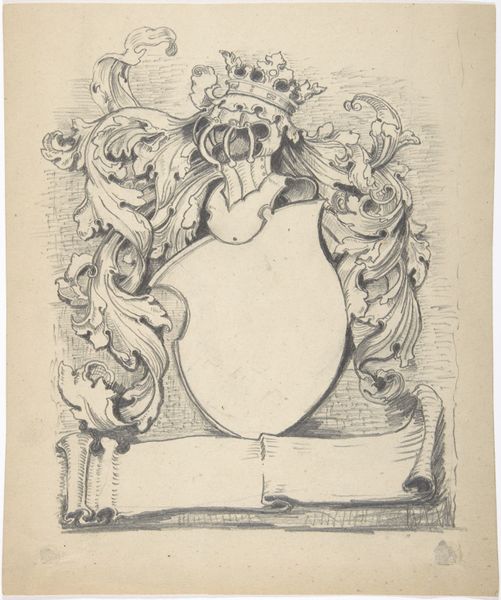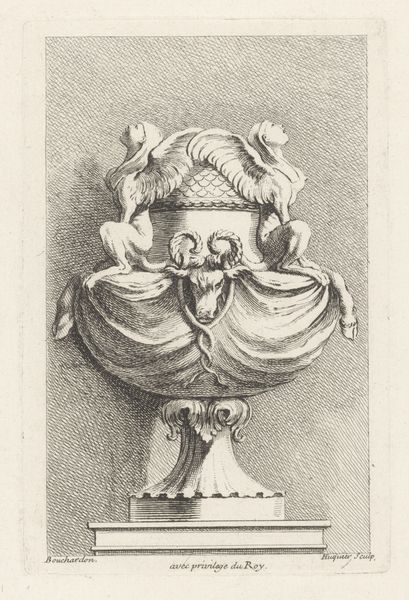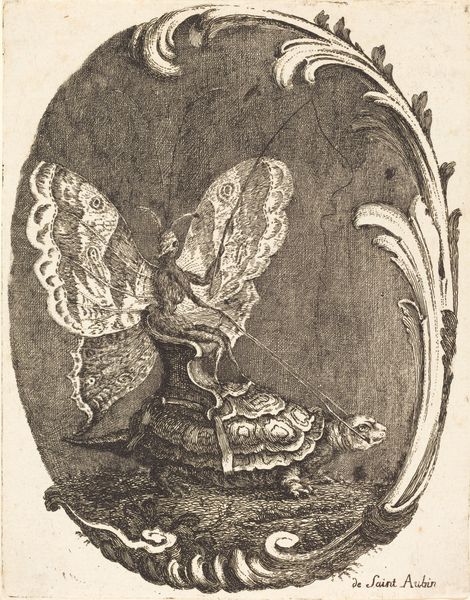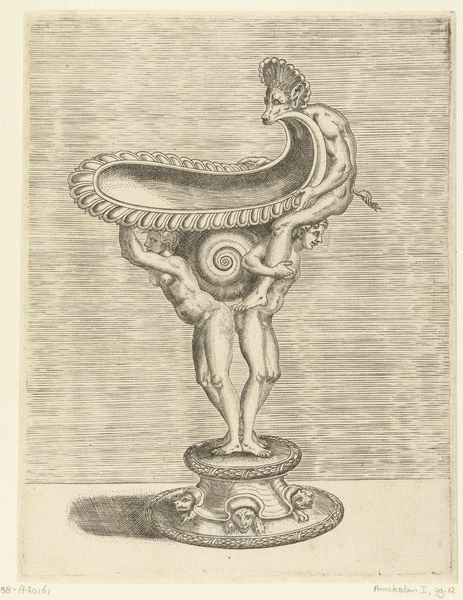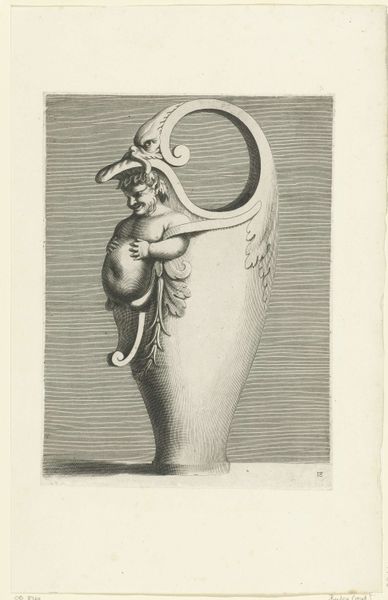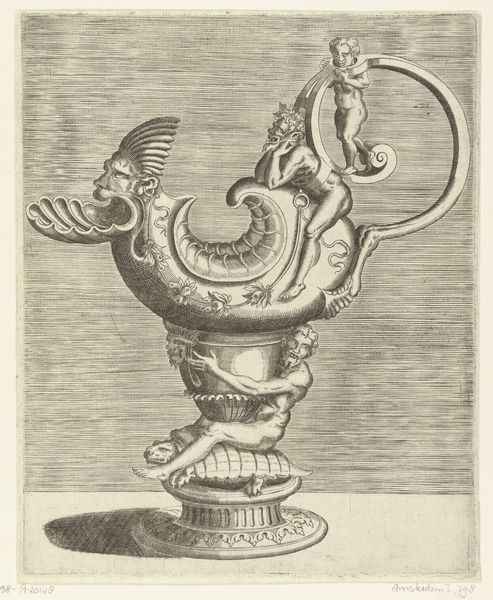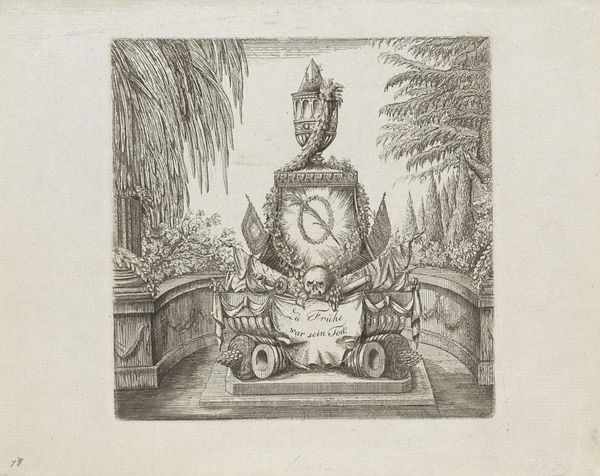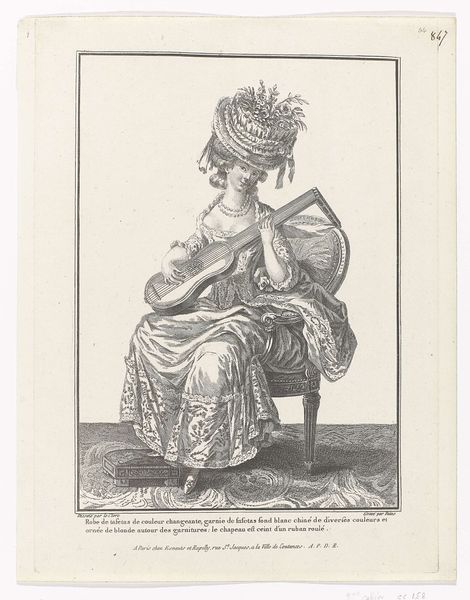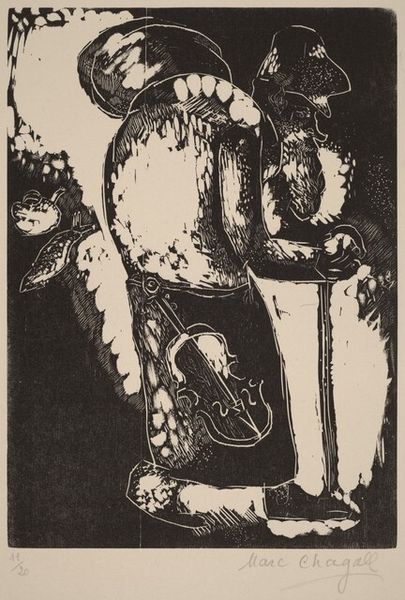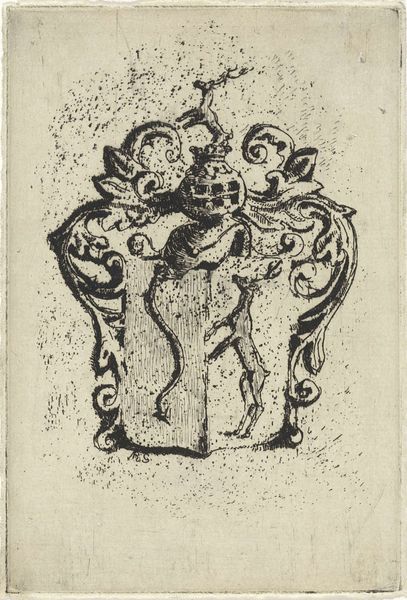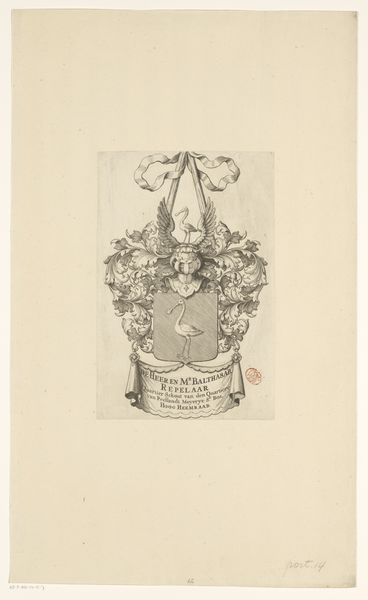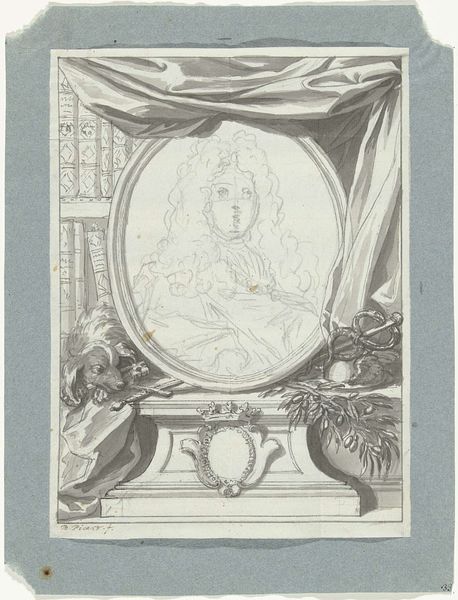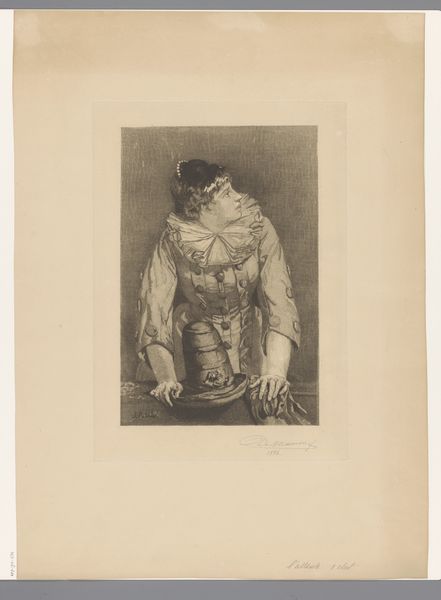
Miss Etienne-Mona-Lisa-Cunégonde-Silly Goose of the Constitutionnel, indignate, choking and over-ornate at the performance of Anthony in which the mischievous Dumas had the indecency of scoffing at the noble family Silly Goose of the Constitutionnel..., plate 385 1834
0:00
0:00
drawing, lithograph, print, paper
#
portrait
#
drawing
#
lithograph
# print
#
caricature
#
caricature
#
paper
#
romanticism
#
genre-painting
Dimensions: 311 × 245 mm (image); 262 × 339 mm (sheet)
Copyright: Public Domain
Curator: Immediately striking! It’s Daumier's 1834 lithograph, "Miss Etienne-Mona-Lisa-Cunégonde-Silly Goose of the Constitutionnel, indignate, choking and over-ornate at the performance of Anthony in which the mischievous Dumas had the indecency of scoffing at the noble family Silly Goose of the Constitutionnel..., plate 385," now residing at The Art Institute of Chicago. It looks like a visual explosion of outrage and...feathers? Editor: Feathers, lace, and a general sense of being squeezed into a box, both literally and figuratively. What symbols can we unpack here, particularly surrounding "Constitutionnel"? What was Daumier satirizing? Curator: The key lies in understanding the context. The "Constitutionnel" was a prominent newspaper, a voice of the bourgeoisie during a time of great social and political upheaval. Daumier frequently lampooned the pretensions and hypocrisy of this class, and this print is a particularly scathing example. Editor: The woman's attire feels performative, almost a costume of status rather than genuine elegance. That elaborate headdress... is it meant to evoke a certain kind of faded aristocratic glory? And the fan feels like a futile attempt at composure. Curator: Precisely! Consider the inflated hairstyle, the overly ornate jewelry, and the disdainful expression. Daumier is exaggerating the signifiers of wealth and status to expose their emptiness. He’s pointing out the ridiculousness of clinging to old hierarchies while ignoring the growing social inequality. This woman is meant to be the embodiment of the paper's perceived failings. Editor: And it's not a gentle critique, is it? The harsh lines, the almost grotesque rendering of her features...it feels personally charged. Did Daumier have particular grievances with the newspaper or its readership? Curator: He certainly faced censorship and even imprisonment for his political caricatures. Daumier viewed art as a weapon for social commentary. "Miss Etienne-Mona-Lisa-Cunégonde" becomes more than a portrait; it is a symbol of a deeply flawed system. Editor: It makes you wonder about the role of satire then and now. Is it purely destructive, or can it actually prompt meaningful social change? Curator: That is the question, isn’t it? Daumier challenges us to see beyond the surface, to question the power structures that shape our society. Editor: And the image resonates because those structures are always in need of re-evaluation. The outrage here is timeless.
Comments
No comments
Be the first to comment and join the conversation on the ultimate creative platform.

